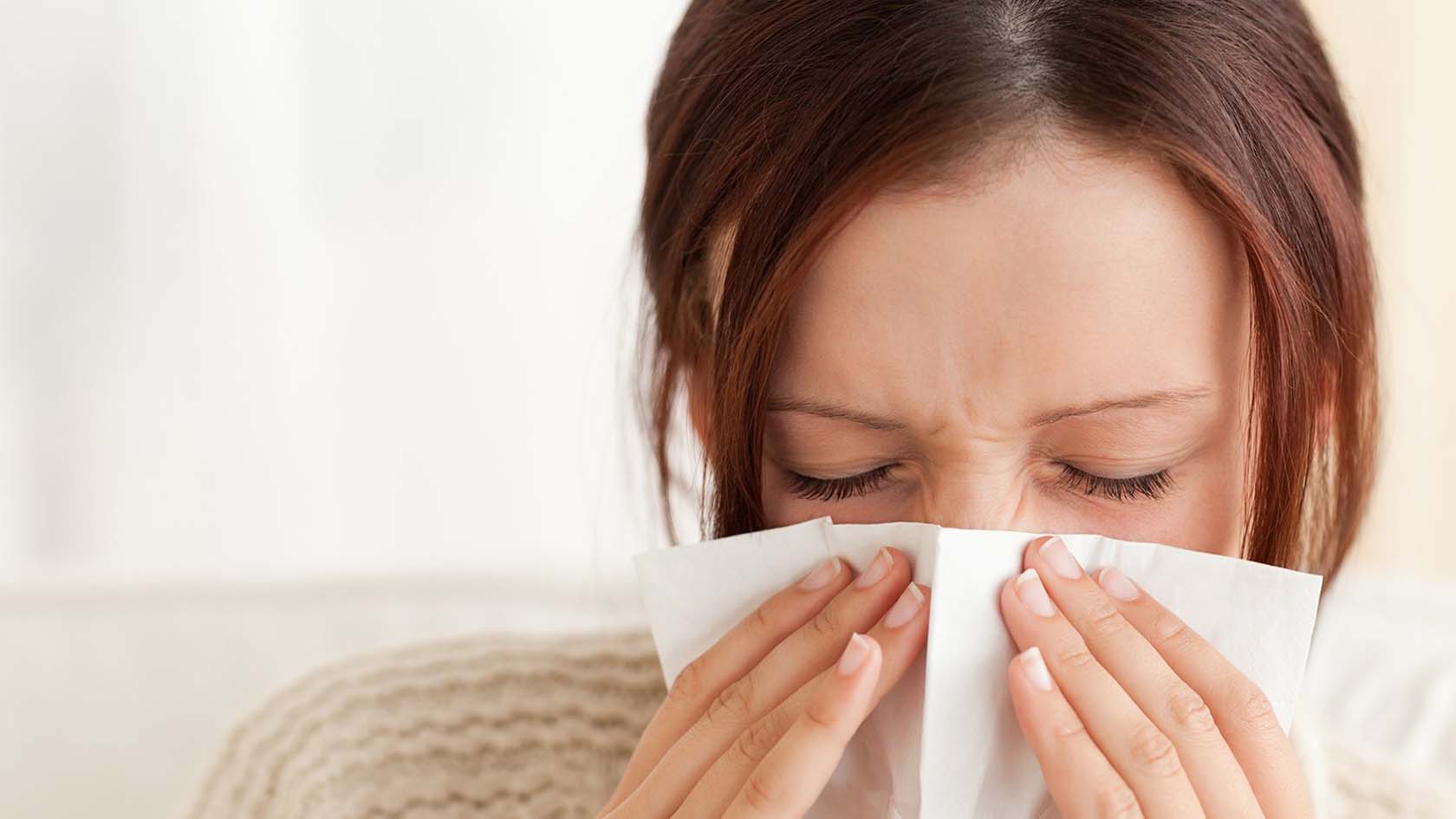Are you experiencing breathing difficulties? Is your body covered in rashes? These health symptoms might indicate an invader in your home, known as mold. There are various types of allergenic, pathogenic, and toxigenic molds.
Allergenic species are the least dangerous to the health of individuals, as they cause issues only in people who already have asthma and allergies. Pathogenic species are more dangerous, as these induce infections in people with a weak immune system. Toxigenic molds, however, are much more hazardous to human health because of mycotoxins.
Homeowners exposed to some of these species might experience a range of health symptoms like breathing issues, skin problems, numbness, depression, headaches, dry eyes, muscle pain, digestive disorders, etc.
Read more about each symptom in detail.
Breathing Problems
Respiratory diseases and breathing problems are unmistakable signs of mold exposure in Nashville residents. Such exposure usually manifests with an increased irritation of the lungs, throat, and nasal passages, as well as worsened asthma. Read here about the causes, prevention, and treatment of asthma.
Moreover, individuals who have been exposed to this harmful fungus long enough develop symptoms like coughing, sore throat, sneezing, nasal congestion, and wheezing. Many people confuse these symptoms for those of a common cold without even suspecting mildew spread. Those with a weak immune system are prone to experiencing worse symptoms like allergic rhinitis, sinus congestion, hypersensitivity pneumonitis, allergic bronchopulmonary aspergillosis, etc.
Skin Problems
Another common symptom of mold exposure is the development of skin problems. Since the skin is considered the largest body organ, it’s normal to show signs of a health issue occurring inside the body. Mold exposure starts manifesting with skin dryness, making the skin flaky and itchy.
Apart from itchiness and dryness, individuals are likely to develop hives and rashes triggered by the inflammation spreading through the body. Mold rash is almost identical to other rashes, inducing itchiness, raw and sensitive skin, dry and pink skin, etc.
Additionally, it’s caused by the minuscule mold spores in the air, which induce an allergic reaction just by being breathed in. This sort of immune system overreaction results in inflammation and the development of a rash. Individuals with such rashes are subjected to a skin prick test or a blood test for doctors to confirm the signs of a mold allergy.
Sadness And Depression
Nashville residents living in moldy homes are highly likely to experience sadness and depression. Exposure to the fungus triggers not only physical but also psychiatric symptoms in individuals, the most prevalent of which is depression. If suspecting mold exposure symptoms, make sure to hire a Nashville mold removal company available 24/7. It is believed that almost forty percent of household residents dwelling in moldy houses/apartments become depressed after a certain period.
Furthermore, depression is usually accompanied by memory problems, brain fog, trouble focusing, anxiety, and insomnia. Such psychiatric symptoms are thought to be caused by exposure to toxic spores or the stress from having to cope with the physical symptoms of such a reaction.
Numbness
Residents of Nashville living in moldy houses might experience numbness and tingling. Some people have pins and needles feeling in their extremities, affecting their legs, arms, hands, and feet. Individuals compare this sensation to the feeling they get when their bodies are kept in an unusual position for a longer period. This tingling sensation might be a sign of severe nerve disease, not just mold exposure.
Dry Eyes And Headaches
Mold spores are known for inducing health symptoms in people, almost the same as those of hay fever. The longer people are exposed to such spores, the more likely they are to experience blurry vision, red and itchy eyes. Once the spores find their way into the body, they trigger inflammation and make the eyes dry and inflamed.
In addition, the inhalation of these particles makes sinuses infected and inflamed. Sinus inflammation leads to increased sinus pressure, which eventually triggers headaches and migraines. If you happen to experience headaches daily for no good reason, you should have your home checked for mold. See this link, https://www.healthline.com/health/relieve-sinus-pressure, for some useful tips on relieving sinus pressure.
Digestive Problems
Another common mold exposure symptom in Nashville residents is the development of digestive disorders. People whose homes are moldy tend to have a reduced appetite accompanied by weight loss. Some of them might be subjected to nausea, stomach pain, vomiting, and diarrhea. Once inflammation spreads through the body, weight gain and bloating might take place.
Muscle pain
Muscle pain is yet another indicator of mold exposure in Nashville households when it happens in the absence of performing physical activity. It affects muscles in different parts of the body, causing dull achiness. People exposed to mold every single day have a tendency to feel fatigued and weak.
What Are The Most Popular Indoor Mold Types?
There is a vast range of indoor molds that Nashville residents should be aware of, such as Alternaria, Cladosporium, Aspergillus, Penicillium, and Stachybotrys. For instance, Alternaria is usually found in the mouth, nose, and upper respiratory tract, triggering an allergic response. Conversely, Cladosporium mainly grows on wood, textiles, and damp materials. The symptoms are identical to those of asthma and hay fever.
Furthermore, Aspergillus is mainly found in homes in damp and warm climates. It produces mycotoxins and triggers lung infections. In contrast, Penicillium is popular species, thriving on wallpaper, fabrics, and fiberglass insulation. Due to the production of mycotoxins, this indoor species results in asthma and allergies.
Stachybotrys is known as the black mold, the most harmful species to the health of humans. It’s capable of causing severe breathing difficulties and lung bleeding. While other species thrive in homes where humidity ranges between 35 and 70 percent, Stachybotrys needs humidity of over 90 percent. It’s found on products made of cellulose, not tiles, concrete, or linoleum.
To Sum Up
If you suspect such exposure, make sure you visit a doctor to confirm the symptoms with tests!








